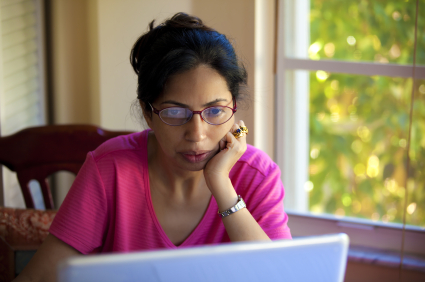Since independence the average life expectancy at birth in India has gone up by 30 years – it is higher in women than in men. Practically speaking this means that if the average person was expected to live say for 50 years, now they can be expected to live till 80.
In 1950, the world had 12 people in the working age group to support every person above 65. But by the turn of the millennium, there were hardly nine, and by 2050, it is estimated that there will be barely four persons. With life expectancy at birth increasing rapidly, the world’s population of the aged has risen, and with it, their problems.
According to the World Health Organisation (WHO), India’s population of those aged over 65, which was 40 million in 1997, is to increase to 108 million by 2025 and 240 million by 2050. This means a several-fold increase in age-related problems including dementia The WHO, which estimates that two out of every three patients with dementia will soon be in developing countries, warns of a virtual dementia epidemic in India and the urgent need to prepare to face it.
Dementia used to be more prevalent in developed countries. According to “The Dementia India Report – 2010” there are now 3.7 million Indians with dementia and the total societal costs is about Rs.14,700 crores. While the numbers are expected to double by 2030, costs would increase three times.
As this is a relatively new problem in India, we are still not geared up to face such contingencies. Firstly there is a need to understand the disease. There is still a social stigma surrounding mental illness and branding a person “mad” or “possessed” is not uncommon. The tendency therefore is to deny the problem or to hide it. Very often a lack of understanding causes fear and segregation of the person or people resulting in the patients going for treatment to quacks and “Godmen”. Proper treatment which may delay the progress of the disease may be neglected due to ignorance.






